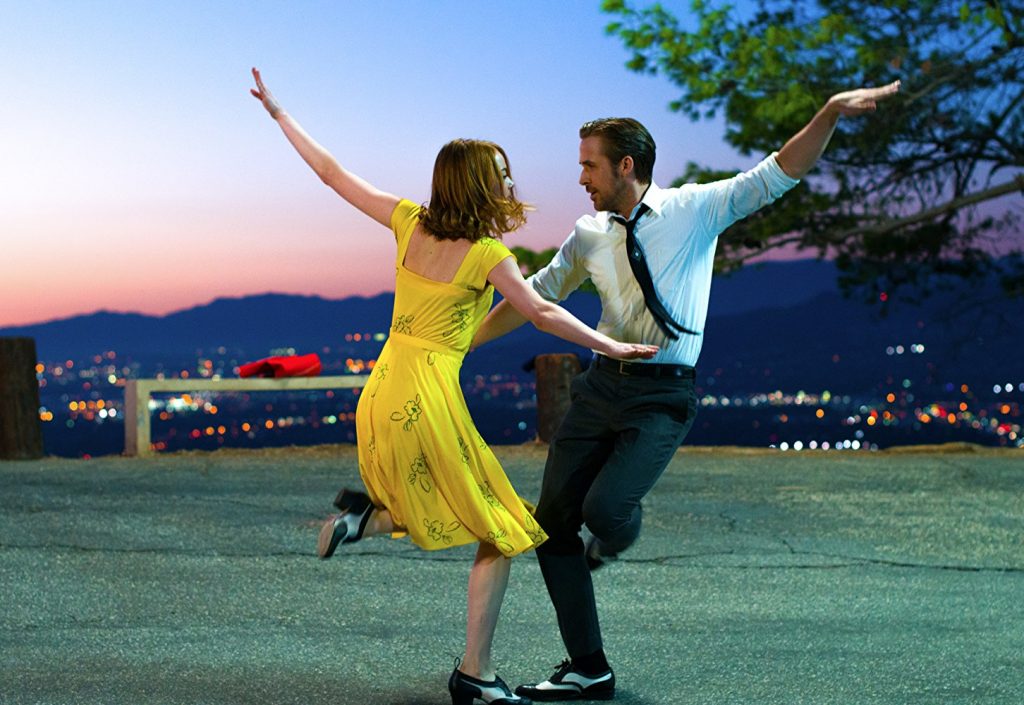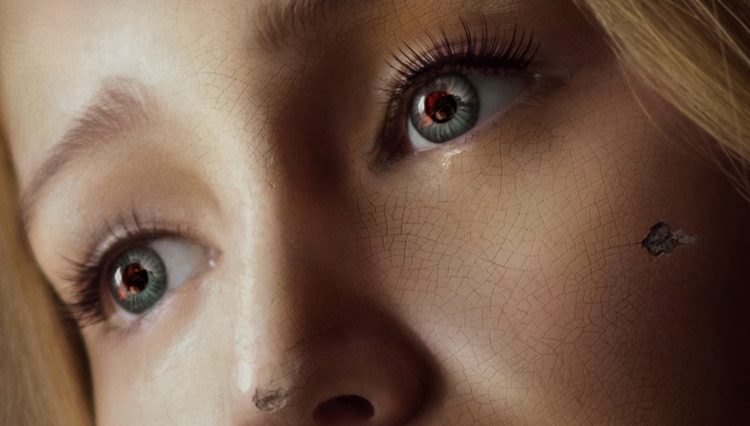Picking a favorite film is hard. There’s so many factors that go into choosing a movie that you personally find to be your favorite, whether they be personal experiences, emotional reactions, or even just a combination of all of the movie’s great qualities. Here at Second Union, we’ll be kickstarting a new series of reviews dedicated to bringing you all hot takes on our favorite cinematic endeavors.
Today’s film: La La Land, directed by Damien Chazelle.
Major spoilers are included in this review and are discussed at great length. You have been warned.
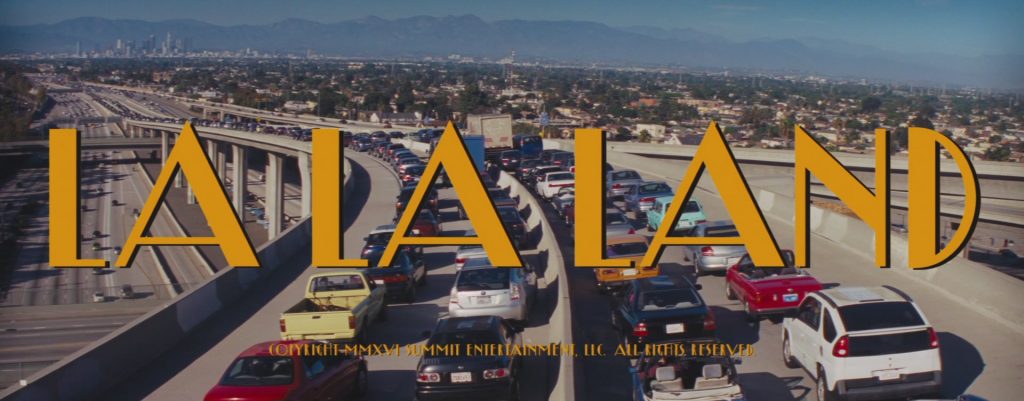
Chazelle, as a director, is no stranger to music. All three of his recent films (the other two being First Man and Whiplash) have utilized music brilliantly, and in a multitude of creative ways, but it’s La La Land that really takes the topic and runs with it, enabling the viewer to experience something wholly unique and different compared to other musicals.In many respects, this film is special, one of these being the case of its striking cinematography. Shot on film (not digital!) at the 2:55:1 aspect ratio made famous by iconic films of the 1950s, the movie is immediately able to emulate the look and feel of the classics it plays off of.
A Stellar Start
The first thing you notice about La La Land is its utilization of color. While Whiplash is a very grim and bleak portrayal about the effects of competition and abuse, but La La Land is the exact opposite. Right from the get-go, you can tell that Chazelle has abandoned the black tones that defined his previous feature, replacing them with sunny skies, exuberant choreography, and bright, colorful clothing that can be seen peppered throughout the very first musical number, “Another Day of Sun”. As the camera weaves its way through the cares in a traffic jam — accompanied by the music playing on their radios, transitioning from rock, to hip-hop, to electronica — the viewer can already immerse themselves in the story and world that they are experiencing.
And then the actual musical number begins, sending the viewer careening in a whirlwind of whimsy and joy, catapulted into the environment of the characters. Rarely is a movie able to make you lose yourself in the mood and feel so easily, and La La Land achieves that status with ease.
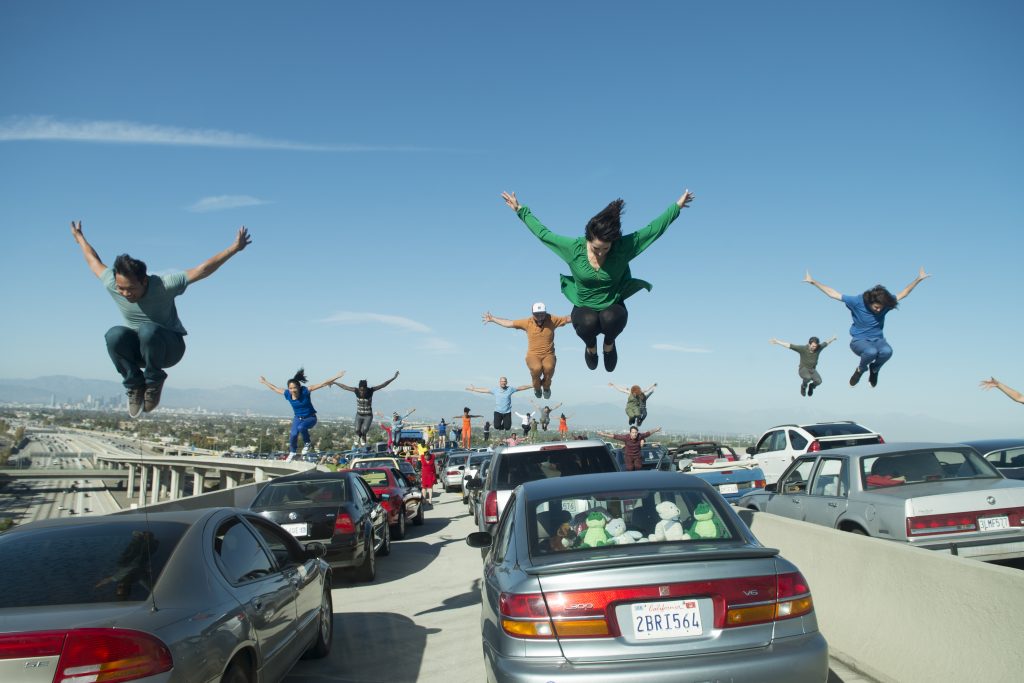
Character Introductions
It’s after this when me meet our main characters, Mia (Emma Stone) and Sebastian (Ryan Gosling), two people living in Los Angeles. Mia is an aspiring actress who works as a part-time barista on the Warner Bros. lot, serving coffee to movie stars in between disappointing auditions. Sebastian, a jazz pianist, is constantly nagged by his sister about not being able to make money off of what he does for a living and struggles to find a good job that utilizes his love for jazz. The film switches perspectives early on, taking us through a horrible day for both of them. Meeting by chance in a fit of road rage, we see Mia later on serving coffee, spilling some over her uniform, and having a disastrous audition afterwards. Sebastian plays gigs at a club but often runs into trouble with its manager, who insists he plays from a set list, something that Sebastian is not fond of.
The parallels between Mia and Sebastian’s lives are similar, and yet so different. While the two have both the same routine and mundane lifestyle, Sebastian is more of a loner, living alone and preferring to do things on his own, while Mia lives with three other women, all close friends, who continuously support her and enable her to live happily. As Mia returns home after her audition, they are able to persuade her through song to come with them to a party held by someone in Hollywood.
There are lots of great uses of song and dance in this movie, but “Someone In the Crowd”, the song performed by Mia and her friends, is easily the most wild and insane of the bunch. Signified by the four dresses worn by the women (yellow, green, red, and blue), this is, at points, one of the craziest and beautifully bonkers musical numbers of all time. However, that doesn’t make it at all disreputable, and it actually stands out and holds up as one of the most lavish and well-choreographed, which is really saying something for a film like this.
But it’s after “Someone In the Crowd” that La La Land segues into what I consider to be the most effective piece of music utilized throughout the film’s entirety, and that is “Mia and Sebastian’s Theme”. Not once in any film that I’ve ever watched has there been a factor that is so short and yet garners such an emotional reaction from me, and this is thanks mainly in part to the film’s absolutely show-stopping ending, which we’ll delve into later. But when just hearing the song, just thinking about it even, can bring you to tears…then you truly have something to be admired.
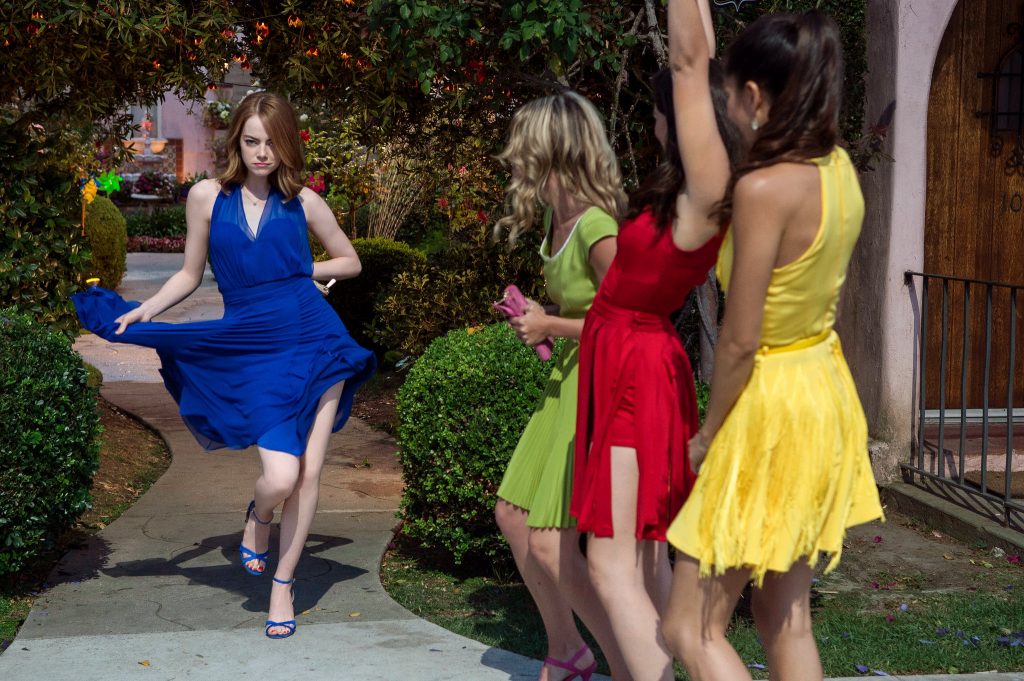
What Makes La La Land So Special?
I chose La La Land to be the first entry in this series of reviews because it’s the film I feel to have really kickstarted my love for cinema, both modern and classic. It’s an encapsulation of both time periods, and a loving embrace of dreamers and their respective aspirations. A celebration of life, love, and passion, Damien Chazelle’s incredible journey is absolutely one worth taking. His stunning portrait of a picturesque cinematic landscape features some of the most beautiful sights and sounds you’ll ever experience, and that, to be frankly honest, is an understatement.
On the surface, La La Land has everything it needs to work, and succeeds off of the strength of those qualities. The movie’s wholly unique story and charming, irresistible leads attract even the most casual viewers, but also manages to perform excellently on behalf of its more technical asepcts, such as the pacing, cinematography, choreography, sound editing, and even tone. But what makes it more memorable than almost every other romance film or musical that these eyes have seen is that in the end, it subverts pretty much every expectation that fans of the genres know too well.
The ending of La La Land is easily one of the greatest conclusions of the 21st century, and possibly of all time. Five years after Mia and Sebastian part ways after the film’s climax, we pick up five years later. We see the former, now a famous movie actress, buy a drink in the coffee shop she used to work at, accompanied by the same mannerisms of those she used to admire. As she goes on a date with her husband in the evening, they stop at a jazz club. As Mia follows her beau downstairs, she takes notice of a glaring sign, one that she designed…”Seb’s”. And after we follow her into the crowd, with Sebastian up on the stage, playing the piano, he takes notice of her. And just like that, his happy face transforms as he realizes she’s sitting five feet away. His facial expression goes from joyful to emotionally drained, and it’s a massive punch to the gut.
And then he sits down at the piano, and plays their theme one last time. The song that brought them together, the song that, while roughly, still jumpstarted their relationship all the same. And as his fingers grace the keys of the instrument, the viewer is dropped into the middle of a fantasy in which everything right did happen; one in which they stay together in the end, where both do everything to support one another, where everyone is happy. They start a family. They take a journey through life that’s just as perfect as any other romance film from the past had made love out to be. But it’s not like that. At all.
At the end of Sebastian’s solo, he’s seen staring down at the piano, unsure of what to think or do. His expression is blank. He’s emotionally wrecked, and so is Mia. The latter’s husband asks if she wants to stay, and she replies no, choosing to leave. However, as she gets up to exit the club, she pauses and looks back, Sebastian staring at her as well. The pair’s faces are equally matched with despair, but then a small smile crawls its way across both of their faces. They nod at each other, accepting their respective success while bidding a silent, bittersweet farewell.
It’s a change of pace for romance fans, both in its simplicity and its complexity. On the surface, this is something completely different for a romance movie, with the two leads not even ending up together in the end. But the greatest thing about this ending, and the movie itself, is that it never manipulates the viewer’s emotions. Everything that they feel in regards to the story and the relationship at its heart is natural-feeling. And I’m not saying that all romance films try to manipulate the viewer, because there are a select few (the Before Trilogy, Moonrise Kingdom, Crazy Rich Asians, and even The Shape of Water) that feel like experiences instead of movies. The big reason as to why this works is because the viewer is immersed in the world of the story, enabling the viewer to fall in love with the characters at the same time that they are falling in love with each other.
If I haven’t convinced you already how special La La Land is, I don’t know how else to. This is easily one of the greatest and most memorable movies of the decade, and like the movies that it draws inspiration from, it will certainly be known as classic in years to come. If you haven’t given this incredible movie a watch yet, I implore you to do so. You deserve it.
